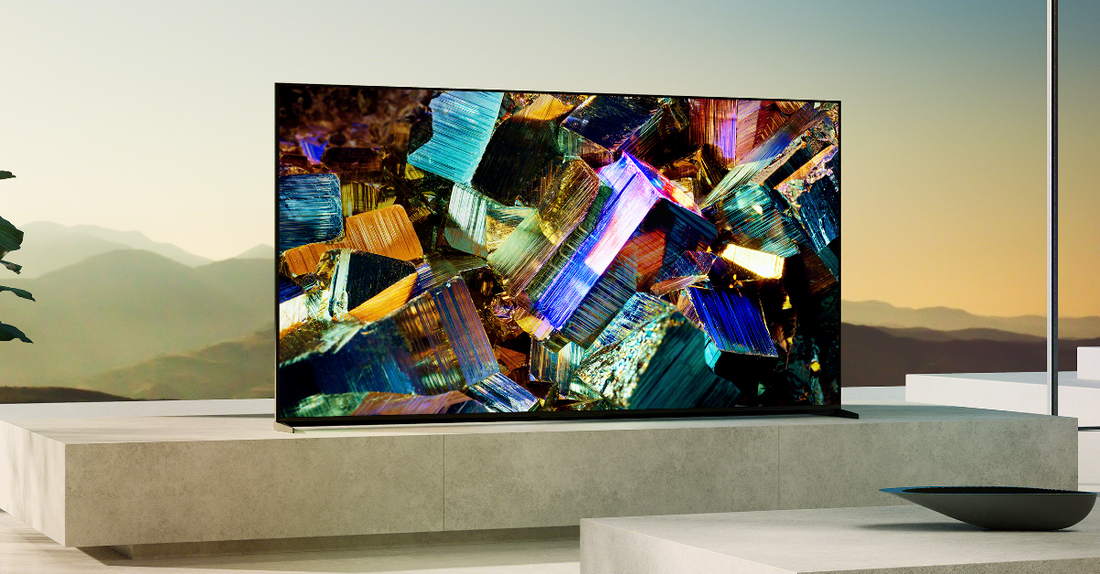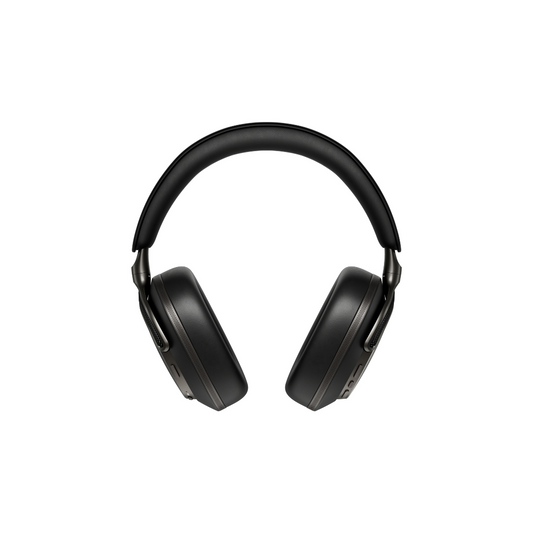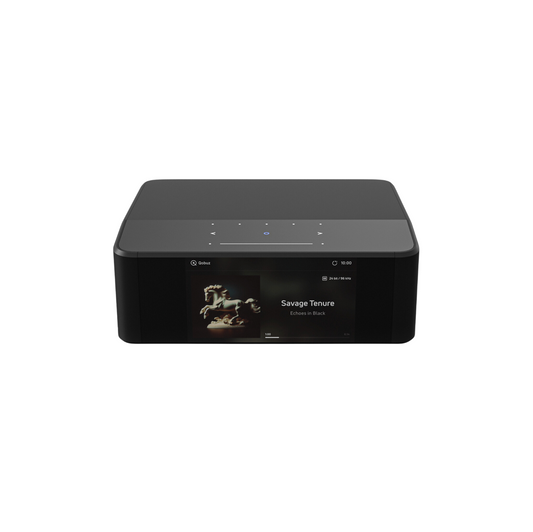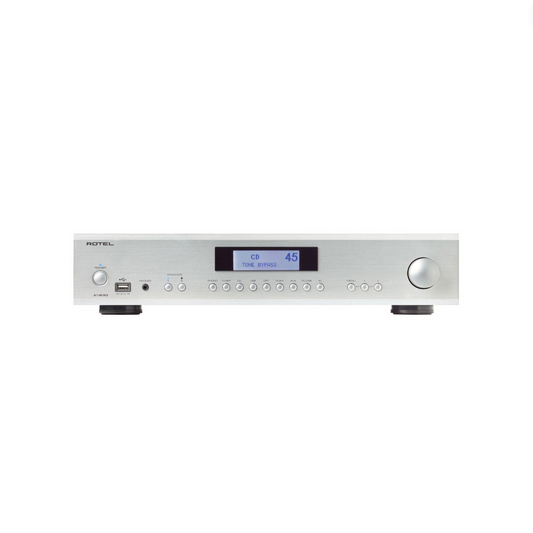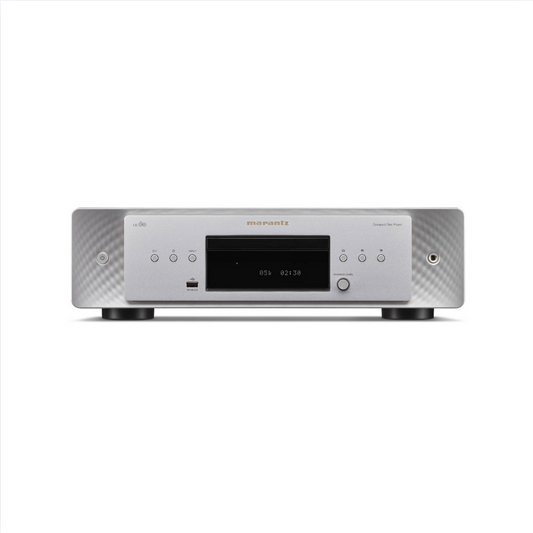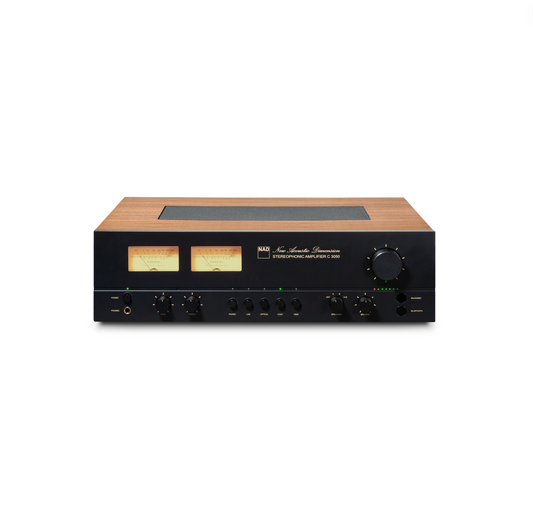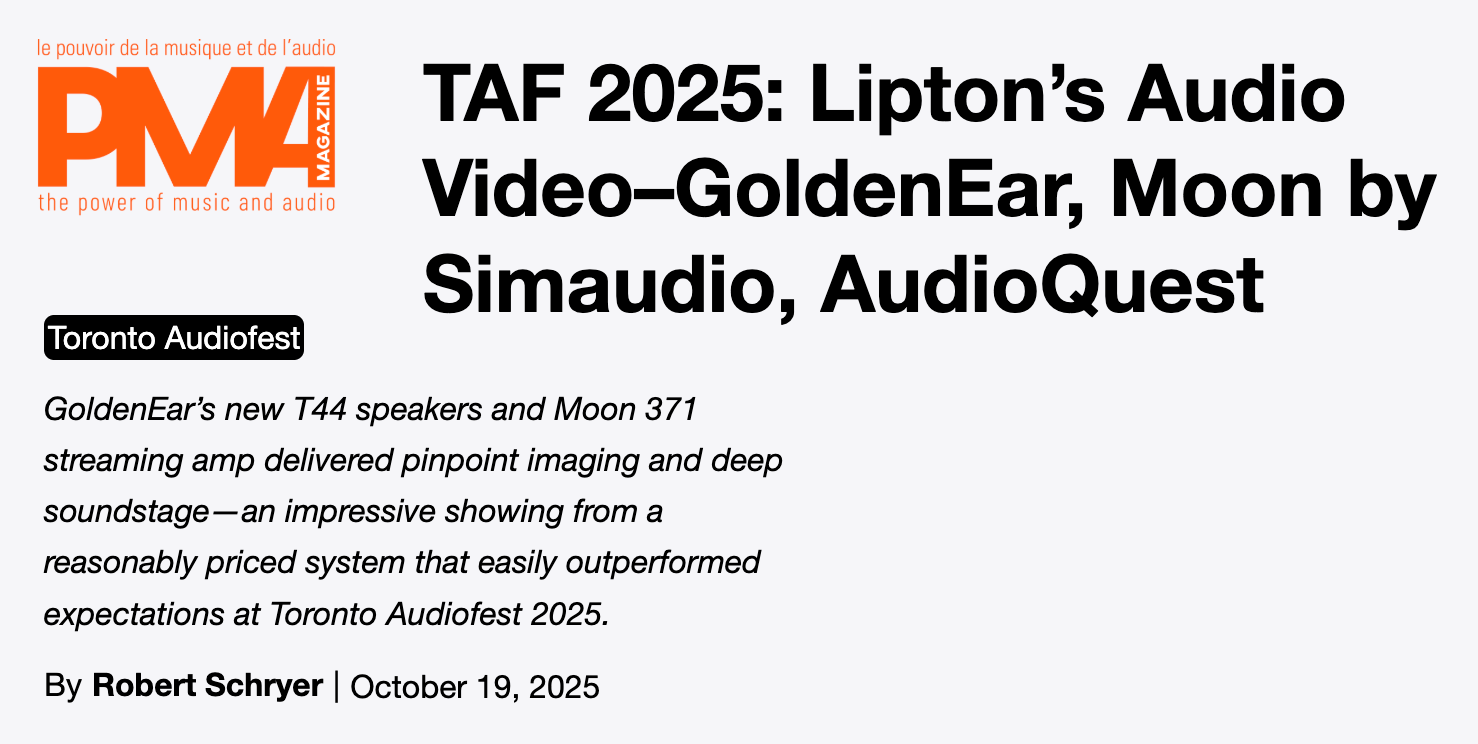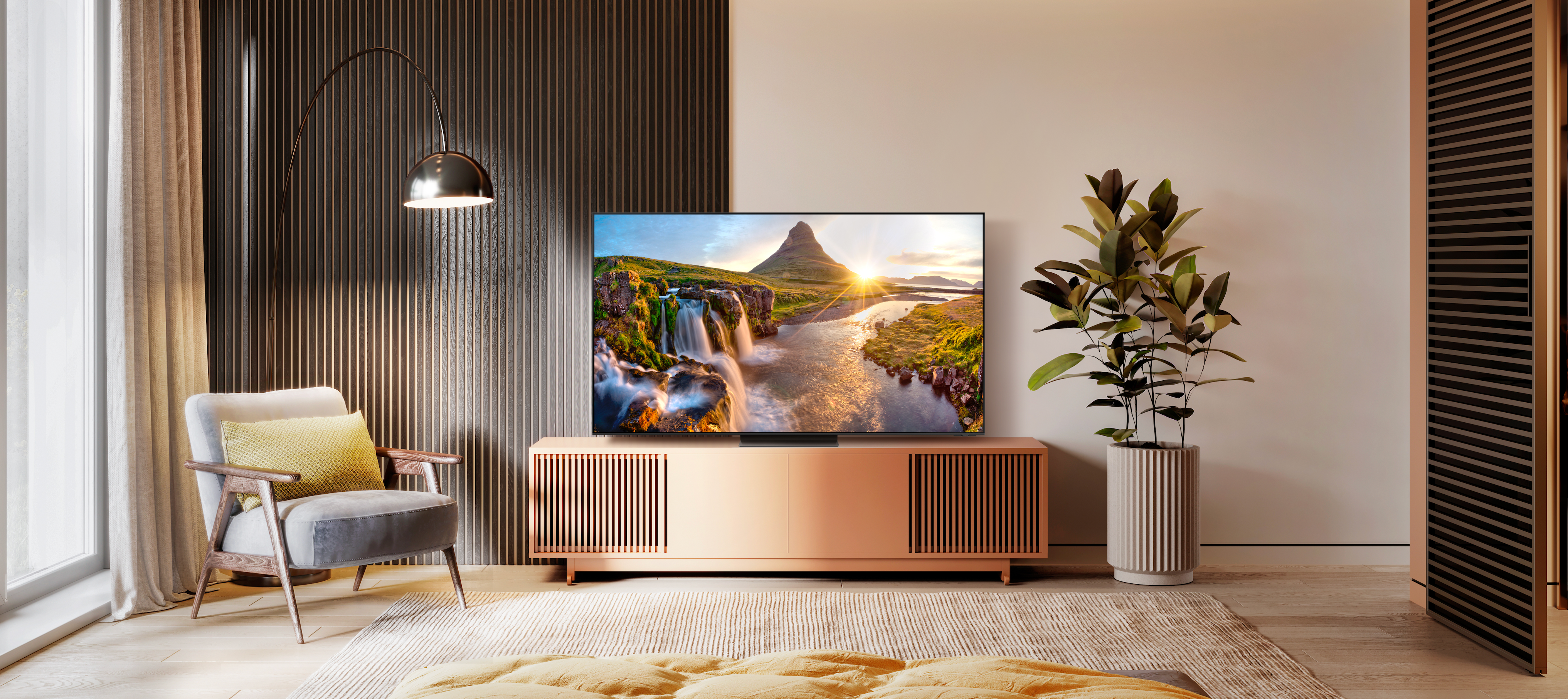The first consumer HDTVs were released just over 20 years ago and used LED backlights to illuminate a liquid crystal display (LCD). LEDs have become smaller and brighter, allowing manufacturers to deliver sharper displays at higher resolutions.
OLED TVs typically provide higher contrast and deeper blacks compared to standard LED TVs and QLED TVs. However, Mini LEDs have closed the gap.
Use the following Mini LED vs OLED comparison to determine which TV tech is best for you.
What Is an OLED TV?
OLED stands for “Organic Light Emitting Diodes”. An OLED screen includes tiny diodes with a layer of organic compound that emits light when given an electric current.
Standard LCD TVs use a backlight with many small LEDs that shine through the material to produce an image. The diodes used in OLED TVs produce their own light. By turning pixels off, an OLED screen can achieve darker tones compared to other types of TVs.
Bright areas of the image do not bleed through to the dark pixels, allowing an OLED TV to provide deeper contrast. Along with greater contrast, OLED TVs consume less power.
The diodes in an OLED TV only consume electricity when they need to light up. This results in increased energy efficiency compared to LCD TVs.
LG Display is the company that produces OLED panels. However, LG Display licenses out its OLED panels to other manufacturers, including Sony.
Sony OLED TVs are considered some of the best on the market. Few other TVs can provide the same levels of contrast and sharpness. The colours are also vibrant, but Mini LEDs may offer superior colour accuracy.
The lifespan of an OLED TV is also a concern. OLED pixels produce three colours – red, green, and blue. Green pixels have an average lifespan of 130,000 hours. Red pixels can last about 50,000 hours. Blue pixels may last about 15,000 hours.
At maximum brightness, an OLED or Mini-LED TV may last up to 100,000 before you notice a reduction in colour quality.
Pros of OLED TVs
- Better dark tones and deeper blacks
- Less power consumption compared to other types of TVs
- Mini-LED TVs may offer brighter colours
Mini LED is Samsung’s latest TV technology. It is a step up from the QLED TVs that were introduced in 2015. A QLED TV includes small quantum dots embedded into the LCD screen. An LED backlight hits the quantum dots, which produce their own light.
Mini LED TVs are still a type of QLED TV. These televisions still rely on quantum dots to provide a brighter display and greater contrast compared to older LCD TVs. Samsung refers to this new technology as “Neo QLED”.
The drawback to the older QLED TVs was the size of the pixels. OLED TVs use LEDs the size of a pixel while QLEDs are much larger. The size of the pixels keeps QLED TVs from providing the same level of contrast as an OLED TV. Mini-LED TVs help solve this problem.
The Mini-LED backlights are almost the size of a pixel, narrowing the difference between OLED TVs and LED TVs. The average consumer is unlikely to notice the difference in contrast between an OLED TV and a Mini-LED TV.
Mini-LED TVs also provide the richest colours. Many of Samsung’s previous QLED TVs already outperform QLED TVs when it comes to colours. With Mini-LED TVs, you get even better colour performance and a brighter display.
A bright display is useful when placing your TV in a room that receives natural sunlight. The light makes your surroundings brighter, which makes the screen appear darker.
Pros of Mini LED TVs
- Offers a brighter display and more vibrant colours
- It may offer a longer lifespan compared to an OLED TV
- Consumes more power compared to an OLED TV
- Mini-LED technology tends to cost more
You can get Mini-LED (Neo QLED) TVs and OLED TVs with resolutions of 4K and 8K. Most of these TVs are also equipped with the latest smart features, allowing you to quickly start using your favourite streaming services.
The main advantage of an OLED TV in 2022 is energy efficiency. An OLED TV may consume less power and have less of an impact on your electricity bill.
OLED TVs traditionally provide better contrast, but Mini-LED TVs make the difference almost undetectable. Mini-LED TVs also offer brighter displays and a potentially longer lifespan.
A Mini-LED TV potentially offers the best display available thanks to its colour profile but is also one of the most expensive options.
In the end, Mini-LED TVs are a top choice for 2022 but are costly while OLED TVs can save money and electricity.


